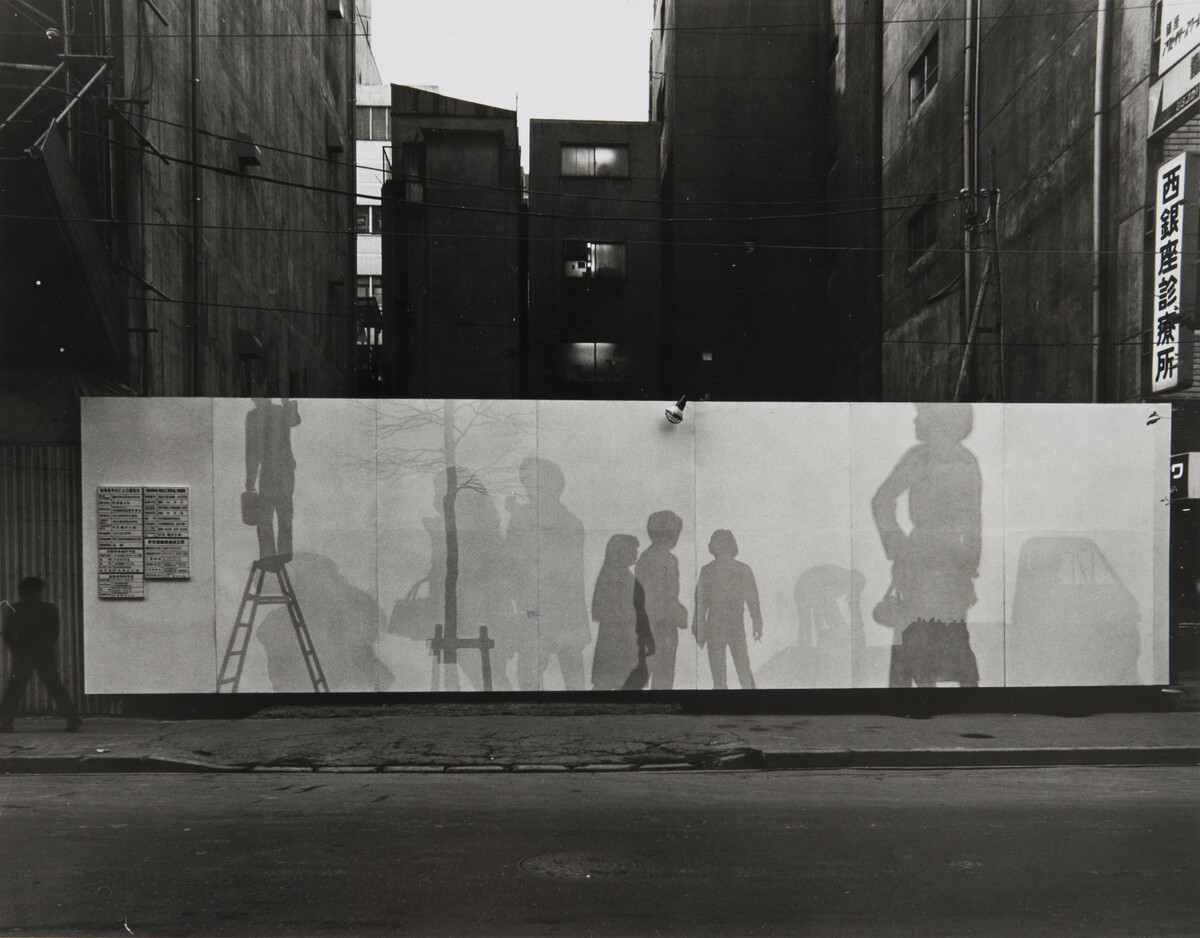The Henry Moore Institute is dedicated to celebrating sculpture. An international research centre located in the vibrant city of Leeds, where Moore began his training as a sculptor, the Institute hosts a year-round changing programme of exhibitions, discussions and research that bring people together to think about why sculpture matters.
Spring
Roy Ascott: Form has Behaviour
Pioneering British artist and teacher Roy Ascott (b. 1934) has worked in the fields of cybernetics, telematics and telecommunications throughout his career. In a lecture at the Institute this March he described his interest in “meta-forms rather metaphors.” Form has Behaviour brings together interactive sculptures from the 1960s alongside his “Manifesto for Cybernetic Art” (1963) that forges interconnections between living and engineered systems and art.
Aleksandra Domanović: Votives
The 2017 Institute commission is by Aleksandra Domanović (b. 1981) whose sculptures demonstrate how technology is always gendered and always rooted in the society that creates it. Votives presents sculptures made in the tradition of Greek Korai—sculptural dedications of female figures holding offerings of animals or plants. Merging symbols of classical civilisation and contemporary sport with experiments into genetic engineering, Votives includes the monumental sculpture Calf Bearer (2017). Standing over four metres tall, this votive folds the classical sculptural history of “Moscophoros” into the artist’s interest in genome editing technologies aiming to produce cattle with no horns.
Ghisha Koenig: Machines Restrict their Movement
Ghisha Koenig (1921–93) faithfully made her sculptural subject factory workers. She trained at Hornsey School of Art in 1939, a place she later described being “as remote from art as a lunatic asylum.” This exhibition explores her 30-year study of industrial labour in factories in south-east England, showing Koenig’s search for humanity within industry.
Summer
Jirō Takamatsu: The Temperature of Sculpture
This summer the Institute dedicates its galleries to Jirō Takamatsu (1936–98), an artist central to the development of post-war art in Japan. Having trained as a painter, Takamatsu turned to sculpture in 1961. In this first institutional solo exhibition outside the artist’s home country, The Temperature of Sculpture takes a journey from the early 1960s to the late 1970s featuring over 50 sculptures, drawings and documents. Takamatsu applied sculptural thinking to explore how perception can change the “temperature” of our surrounding world. He brought sculptural actions onto the streets of Tokyo, worked with ready-at-hand domestic objects and materials associated with sculptural traditions, and made imponderables, such as shadows and perspective, tangible.
Mary Gillick: Her Art in your Pocket
In 1952 sculptor Mary Gillick (1881–1965) won a competition that would see her art in the pockets of everyone: her portrait of Queen Elizabeth II became the image of the new Queen on all British and Commonwealth coinage until decimalisation in 1971. Gillick truly made art for everyone, and this display highlights the ways in which sculpture is a vital part of all aspects of our society.
Autumn
David Dye: Devices
David Dye (1945–2015) was at the heart of the radical changes in sculpture that took place in Britain in the late 1960s. Dye studied sculpture at St Martins School of Art and slowly moved to film. He examined and manipulated the interaction between object and spectator, often referring to his sculptures as “devices.” This extensive monographic exhibition spans four decades of sculptural experimentation, celebrating Dye’s bequest of his archive to the Leeds Sculpture Collection, which is managed by the Institute.
Becoming Henry Moore
Becoming Henry Moore gives an insight into the influences at play in the mind of Britain’s foremost modern sculptor. Moore (1898–1986) spent his early years studying the art of the past and sharing ideas with his contemporaries as he began his journey to produce his own individual style. Starting with experimental work from his student days at Leeds College of Art, Becoming Henry Moore presents Moore’s work from the 1920s in dialogue with artists who inspired him and worked alongside him.



